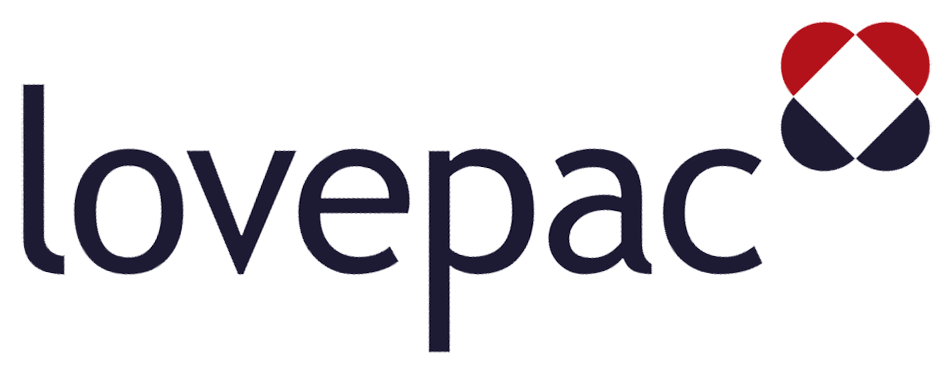1: Using powerful fork-lifts, skilled equipment operators select, move, and load rolls of kraft paper at one end of the corrugator.
Corrugated cardboard manufacture includes two key steps: making kraft paper and corrugating the cardboard. Kraft paper involves pulping wood chips and then feeding the resulting paper substance through massive steam rollers that remove the water.
Corrugating is also done in a machine that utilizes heavy rollers. One roll of cardboard is corrugated and then glued between two other layers (liners) by the same machine. The glue is then cured by passing the cardboard over heated rolls.
2: One roll of medium is loaded to run through the corrugating rolls, and a roll of liner is fed into the corrugator to be joined with the corrugated medium. Liner from another roll travels up over the corrugating rolls along a flat structure called the bridge. This liner will be glued to the corrugated medium later in the process.
3: For a large production run, additional rolls are loaded into automatic splicers. Sensitive detectors check the rolls of paper feeding into the corrugator. When a roll is nearly empty, the corrugator control system starts a splicer, and paper from the new roll is joined to the end of the paper going through the machine. Thus, production of corrugated cardboard is continuous, and no production speed is lost.
4: The medium to be corrugated is fed into the giant, electrically driven rollers of the corrugator, first through the preheating rollers and then into the corrugating rolls. Steam at 175 to 180 pounds of pressure per square inch (psi) is forced through both sets of rollers, and, as the paper passes through them, temperatures reach 350 to 365 degrees Fahrenheit (177 to 185 degrees Celsius).
5: The corrugating rolls are covered with I O flutes —horizontal, parallel ridges like the teeth of massively wide gears. When the hot paper passes between the corrugating rolls, the flutes trap and bend it, forming the middle part of a sheet of corrugated cardboard. Each corrugating machine has interchangeable corrugating rolls featuring different flute sizes. Installing a different
A finished piece of corrugated cardboard consists of a single corrugated layer sandwiched between two liner layers.
flute size in the corrugator changes the width of the corrugated medium.
6: The medium travels next to a set of rollers called the single-facer glue station. Here, one layer of liner is glued to the medium. Starch glue is carefully applied to the corrugated edges of the medium, and the first layer of liner is added. From the single-facer, the medium and liner go to the double-backer glue station where the other layer of liner from the bridge is added following the same procedure. Continuing through the corrugator, the cardboard passes over steam-heated plates that cure the glue.

